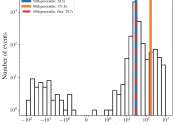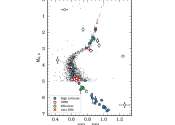Researchers advance detection of gravitational waves to study collisions of neutron stars and black holes
Researchers at the University of Minnesota Twin Cities College of Science and Engineering co-led a new study by an international team that will improve the detection of gravitational waves—ripples in space and time.









